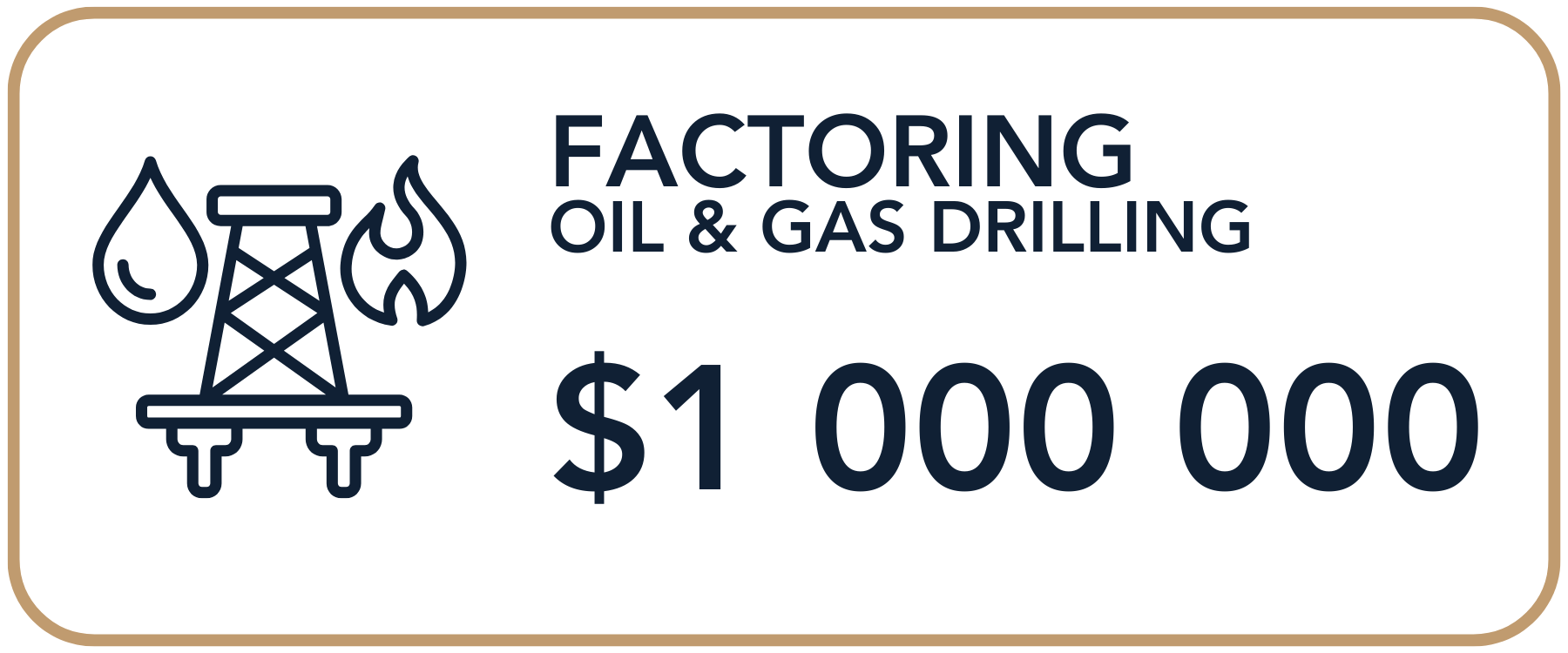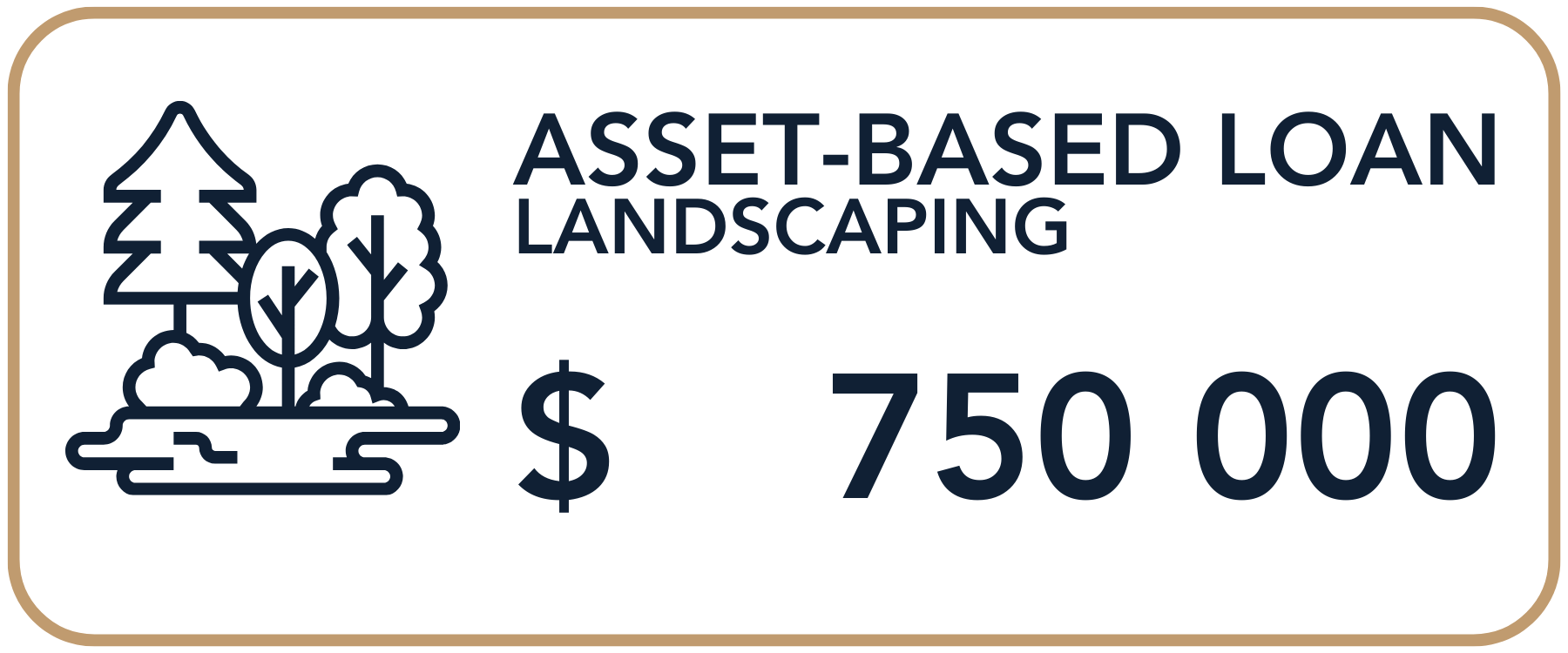For Canadian small and medium-sized enterprises (SMEs) seeking growth capital, managing cash flow, or navigating a restructuring, traditional bank financing often falls short.
EBF (Express Business Funding) specializes in providing flexible, fast, and creative alternative financing solutions tailored to the unique needs of the Canadian market, with a focus on key industries such as manufacturing, construction, and staffing.
EBF’s core solutions are designed to leverage a company’s existing strength (its assets) to unlock the working capital needed for day-to-day operations and strategic expansion. The two main pillars of this offering are Asset-Based Lending (ABL) and Invoice Factoring.
Understanding Asset-Based Lending (ABL)
Asset-Based Lending , often referred to as ABL, is a revolving line of credit secured primarily by the borrower’s eligible assets.
Unlike traditional loans that heavily rely on a company’s historical cash flow and debt-to-equity ratios, ABL focuses on the liquidation value of the collateral.
This structure makes it ideal for businesses that are asset-rich but may be experiencing:
Rapid growth that strains working capital.
Cyclical or seasonal revenue fluctuations (common in construction and manufacturing).
Turnaround or restructuring situations where cash flow is inconsistent.
The need for funding to support a merger or acquisition.
The funds available under an ABL facility are directly tied to a percentage of the value of the eligible assets, known as the “borrowing base.” This provides a highly scalable and flexible source of capital that grows in proportion to the business’s expanding asset base.
Who Is EBF?
What Assets Qualify for Asset-Based Loans in Canada?
While real estate is a strong and common form of collateral for an ABL term loan component, EBF’s solutions tap into a much broader spectrum of business assets.
In the Canadian commercial lending landscape, the most liquid assets form the core of the ABL borrowing base:
1. Accounts Receivable (A/R)
Accounts Receivable (unpaid customer invoices) are typically the most significant and highest-value component of any ABL facility.
Why it Qualifies: Receivables represent cash that is certain to arrive. Lenders will advance a high percentage (often up to 90%) against eligible accounts receivable (A/R)—those that are current (typically less than 90 days old) and due from creditworthy, verifiable customers in Canada or the US.
2. Inventory
For manufacturers, wholesalers, and distributors, inventory can be a substantial asset.
Why it Qualifies: Eligible inventory is typically comprised of finished goods or raw materials that are readily marketable. Advance rates are generally lower than A/R (ranging from 50% to 65% of the net realizable value), with highly customized or perishable goods being less likely to qualify. This is a crucial source of working capital for businesses with long production cycles.
3. Machinery and Equipment (M&E)
Fixed assets, such as machinery, vehicles, heavy construction equipment, and specialized tools, are valuable collateral.
Why it Qualifies: EBF can provide a term loan component secured by this Equipment. The loan amount is based on the appraised forced liquidation value of the M&E. This is particularly essential for capital-intensive sectors like manufacturing and construction, which require significant investment in specialized equipment.
4. Real Estate (Commercial Property)
While ABL prioritizes liquid assets, commercial real estate (land and buildings) owned by the business can be used to anchor a term facility, often helping to increase the overall available credit.
Why it Qualifies: It provides a stable, long-term asset against which EBF can lend a percentage of the appraised value, often supporting larger, long-term capital needs.
Learn More In Our Education Hub
Invoice Factoring: Fast-Tracked Cash Flow
Another fundamental component of EBF’s core offerings is Invoice Factoring , which is technically a form of Asset-Based Lending that uses only Accounts Receivable.
Factoring involves selling your business’s outstanding invoices (receivables) to a third-party factor (EBF) at a small discount in exchange for immediate cash. This is the fastest way to inject capital into a business without incurring new debt.
Benefit for Canadian SMEs: Businesses no longer have to wait 30, 60, or 90 days for clients to pay. This instant liquidity can be used to meet payroll, pay suppliers to secure early-payment discounts, or invest in new projects immediately.
Partnering With EBF
EBF’s core funding solutions are specifically engineered for the Canadian business ecosystem. By leveraging assets across multiple categories, including accounts receivable (A/R), inventory, and equipment, EBF offers a level of flexibility often unavailable from conventional Canadian banks.
Businesses across Toronto, Vancouver, Montreal, and all major Canadian provinces turn to alternative lenders like EBF when growth capital is needed urgently or when traditional financial covenants are too restrictive.
Unlock Your Assets
Don’t let valuable Canadian assets remain idle while your business waits for growth capital.
Asset-Based Lending is a dynamic financial tool designed to fuel your company’s expansion, manage seasonality, and navigate financial transitions, without the rigid constraints of traditional bank loans.
EBF specializes in structuring flexible, transparent ABL facilities ranging from $300,000 to $15 million for established Canadian SMEs. Our experts understand the true value of your Accounts Receivable, Inventory, and Equipment.
Contact EBF to schedule a consultation and see how much capital your assets can secure.






















































